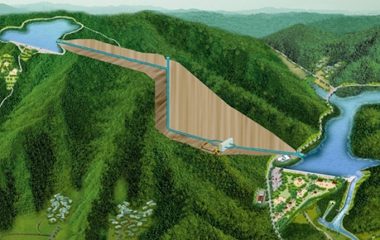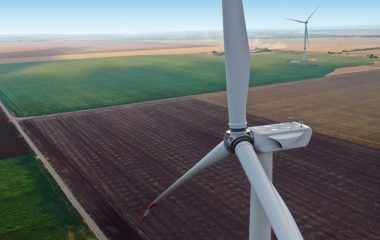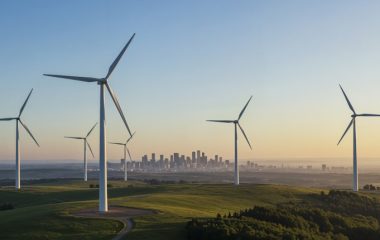
Photo: Ludomił Sawicki on Unsplash
A viable investment case for primary steel projects with near-zero emissions is within reach in Europe and North America, according to the Energy Transitions Commission. The organization claims the sector can reach a Paris Agreement-aligned pathway by 2030.
The global pipeline of projects for the production of primary (ore-based) steel with near-zero emissions must triple within the next three years to enable 190 million tonnes per annum of green production by 2030 and keep industry emission reduction targets within sight, a new report reveals. Appropriate policy and industry action in four countries can secure a viable investment case, creating an opportunity to grow the project pipeline and accelerate final investment decisions (FIDs), the Energy Transitions Commission or ETC said.
Steel already accounts for 7% of annual global greenhouse gas emissions and demand is set to rise, as the material is fundamental to building the energy transition, from wind turbines to electric vehicles, and to infrastructure growth in developing economies, the organization pointed out in the report – Unlocking the First Wave of Breakthrough Steel Investments – International Opportunities: United Kingdom, Spain, France, and the United States.
Final investment decisions are critical challenge
Breakthrough technologies centered around using low-carbon hydrogen to produce direct reduced iron (DRI), have been developed and offer a viable solution for decarbonizing primary steel, the authors stressed. Greenlighting projects by 2026 is the critical challenge given the lead times involved, the document reads.
As much as 60% of global demand in 2050 may still need to be met by ore-based steel production, ETC found
The financial gap is smaller than previously thought, according to ETC. The price of low-carbon electricity for green hydrogen production and direct process power is one of the crucial factors for passing the “last mile,” the study showed.
In the near term, competitiveness also depends on government support for capital expenditures and forward purchase agreements at an initial premium.
EU’s cross-border carbon tax contributes to potential investment case
Low-carbon hydrogen production tax credit under the US Inflation Reduction Act and the European Union’s forthcoming phasein of the Carbon Border Adjustment Mechanism or CBAM put a viable investment case within reach, the report adds. Its authors warned that governments and companies need to work together to avoid “cross-border friction” from any support mechanisms on a national level.
Growing demand for steel and inherent limits to the future supply of scrap steel available for recycling means that as much as 60% of global demand in 2050 may still need to be met by ore-based steel production, ETC underscored. It estimated that expanding the pipeline of commercial-scale, near-zero emission projects in the next five years is a critical task for putting the global industry on a pathway to holding global warming at a maximum of 1.5 degrees Celsius, in line with the Paris Agreement.
Project pipeline must triple
Direct reduced iron (DRI) production with clean hydrogen is under development at a commercial scale by a handful of projects around the world, but most have yet to reach FID status, it noted. A pipeline of over 60 million tons per year of such primary steel is planned to become operational by 2030, the organization said.
Only three endeavors – H2 Green Steel in Boden, Sweden (five million tons per annum), Salzgitter’s Flachstahl plant in Germany (two million) and ArcelorMittal’s Dofasco plant in Hamilton, Canada (2.5 million tons) have broken ground so far.
The report lists 28 projects in 14 countries
The report includes a list of 28 publicly confirmed projects in 14 countries overall. It includes Blastr’s future facility in Finland and Hybrit and SAAB’s manufacturing unit in Sweden. As for the region covered by Balkan Green Energy News, Liberty is planning a plant in Galați in Romania with a capacity of four million tons per year.
Of note, after much controversy, the European Union is set to label hydrogen produced using electricity from nuclear power plants as low-carbon hydrogen. Green hydrogen, on the other hand, is made using electricity only from renewable sources. In both processes, water is separated in electrolyzers into oxygen and hydrogen.









Be the first one to comment on this article.